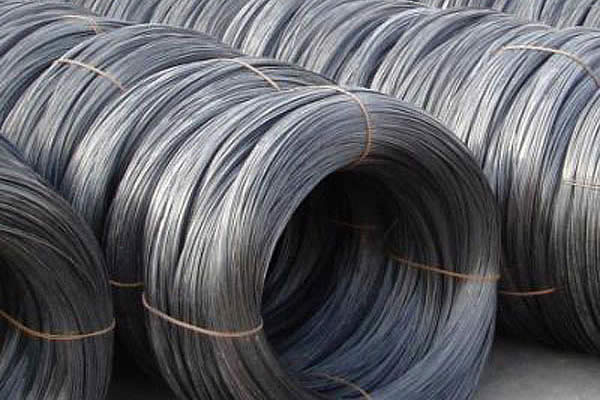 TEL:
+86-13102802206
TEL:
+86-13102802206
 Email:
fencenetting@china.com
Email:
fencenetting@china.com
 Language
Language
 TEL:
+86-13102802206
TEL:
+86-13102802206
 Email:
fencenetting@china.com
Email:
fencenetting@china.com
 Language
Language


The Convenience and Efficiency of Portable Hot Wire Fencing
In the realm of agricultural management and livestock control, the innovation of portable hot wire fencing has emerged as a game-changer. Designed to provide an efficient, flexible, and cost-effective solution for farmers and ranchers, hot wire fences are becoming increasingly popular due to their convenience and ease of use. This article delves into the benefits, applications, and considerations surrounding portable hot wire fencing systems.
Understanding Portable Hot Wire Fencing
Portable hot wire fencing consists of lightweight, flexible wires that are electrified to deter animals from crossing designated boundaries. These systems are typically supported by portable posts and can be easily set up or dismantled as needed. The electric shock provided by the fence acts as a psychological barrier, teaching livestock and other animals to respect the fence line without causing them harm.
Key Benefits
1. Flexibility and Mobility One of the most significant advantages of portable hot wire fencing is its mobility. Farmers can quickly relocate the fencing system to accommodate rotating grazing patterns or to protect new crops. This flexibility supports better land management and reduces overgrazing in specific areas, promoting healthier pastures.
2. Cost-Effectiveness Traditional fencing materials, such as wood or barbed wire, can be costly and labor-intensive to install and maintain. In contrast, portable hot wire fencing requires less material and labor, resulting in lower upfront costs. Additionally, its adaptability allows farmers to set up temporary enclosures without a long-term financial commitment.
3. Ease of Setup Setting up portable hot wire fencing is relatively straightforward. Users can usually complete the installation within a short time frame, making it an ideal choice for those who need immediate solutions in urgent situations, such as when livestock need to be contained to prevent them from wandering into crops or danger zones.

4. Animal Welfare The use of electric fencing can improve animal welfare by providing clear boundaries for livestock. Animals learn quickly to respect the fence, which can lead to a more stable and stress-free environment. Moreover, these fences do not cause injuries like some traditional fencing materials may, contributing to the safety of the animals.
Applications
Portable hot wire fencing is predominantly used in farming and livestock management but has various other applications. It can serve as a temporary enclosure for livestock during transportation, manage wildlife, secure gardens, or even delineate property boundaries. Beyond agricultural use, these fencing systems can be employed in residential areas to keep pets safe within designated zones.
Considerations and Best Practices
While portable hot wire fencing offers numerous benefits, users should consider several factors to ensure its effectiveness. It’s essential to properly train livestock to recognize the hot wire and respect its boundaries. Regular maintenance checks are also vital to ensure the electric charge is consistent and that any obstructions, like weeds or debris, do not interfere with the fence’s functionality.
Moreover, understanding local regulations regarding electric fencing is crucial to avoid any legal issues. Safety measures, such as clearly marking the presence of electric fencing, can help prevent accidents involving people and non-target animals.
Conclusion
In conclusion, portable hot wire fencing is an innovative solution that combines flexibility, cost-effectiveness, and practicality for modern agriculture and livestock management. Its ease of installation and mobility makes it an invaluable tool for farmers and ranchers looking to optimize their operations while ensuring the safety and wellbeing of their animals. As agriculture continues to evolve, the adoption of such versatile technologies will likely play a crucial role in sustainable farming practices.